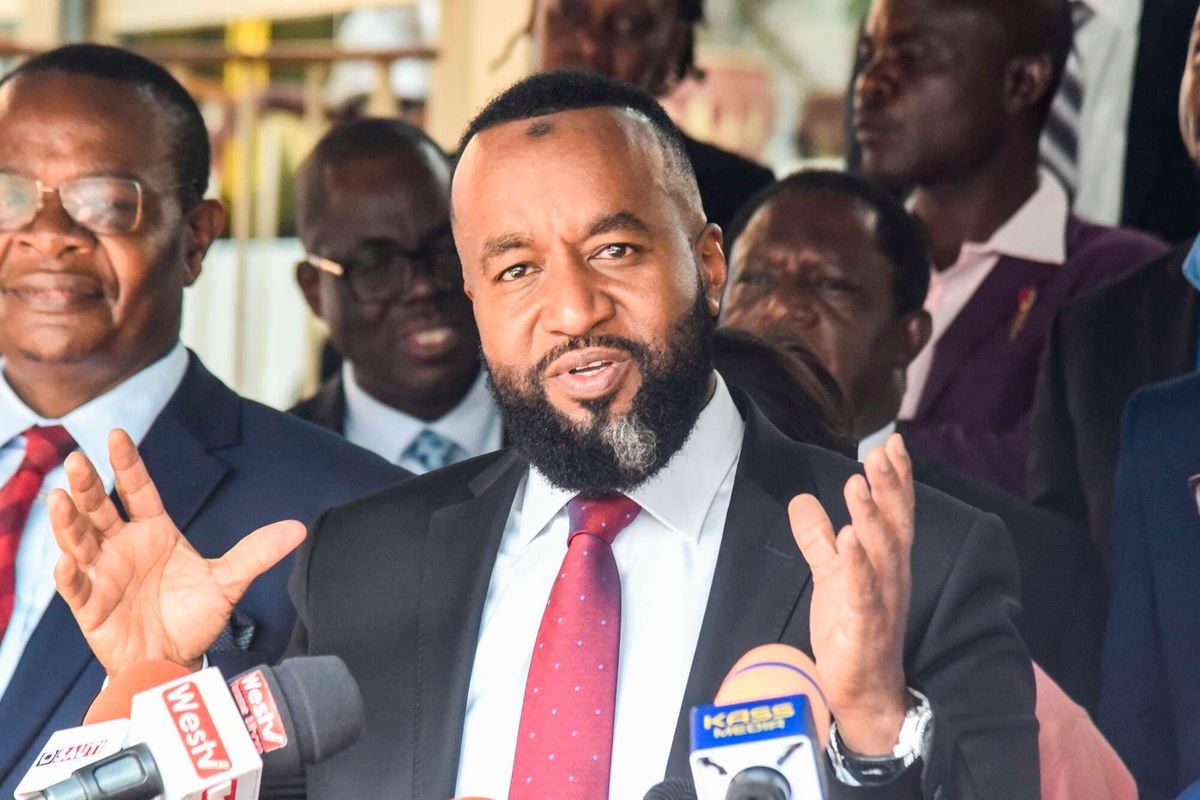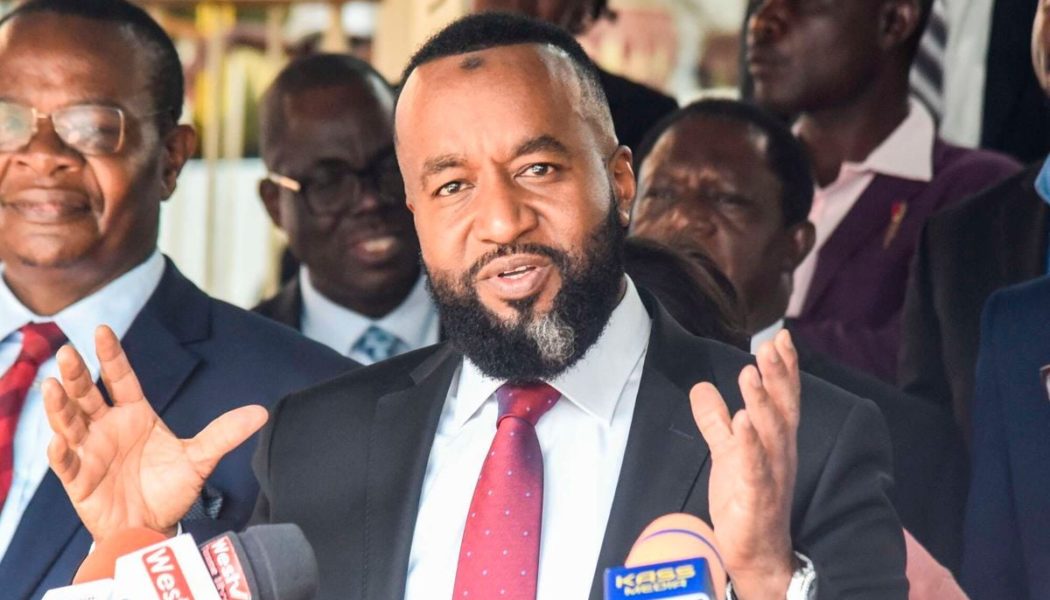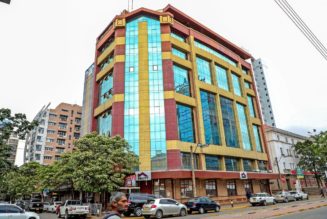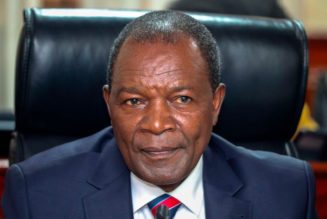
The Ministry of Mining says the findings of a multi-billion-shilling airborne geophysical survey on Kenya’s potential mineral deposits are available to individuals and companies on request.
Mining Principal Secretary (PS) Elijah Mwangi said the Constitution and applicable laws entitle Kenyans to access government information, including a copy of a report from a comprehensive survey that found more than 970 occurrences or indications of mineral deposits in the country.
The Kenya Chamber of Mines, the industry lobby, had in August asked Cabinet Secretary for Mining Hassan Joho to make public the findings of the mineral wealth study, to help big-ticket investors assess the viability of investing in the country.
The nationwide airborne geophysical survey was done by young Kenyan professionals under the supervision of the Joint National and Resource Mapping team, which included the Kenya Defence Forces and National Intelligence Service.
“The government commissioned the survey, and so the information is for the government, and it is within the government. Our Constitution and laws permit anyone seeking any information which is within government to write to us,” Mr Mwangi said.
“There’s nobody who has requested for that information.”
Former regime of ex-president Uhuru Kenyatta in 2018 tapped the services of the young professionals, to map the country’s mineral wealth deposits amid fears that a foreign private firm could use the sensitive data for their own benefit.
The findings of the survey were handed over to Mr Kenyatta in June 2022, three months before he left office.
“This information has never been shared with industry (and citizens) and this not only causes jitters and mistrust in the sector but deters investments,” Patrick Kanyoro, the Chamber’s chairman, said in August.
“We trust the new CS [Mr Joho] will find it important to share the information as per the Access to Information Act.”
The survey covered 96.5 percent of Kenya’s land mass and 56 percent of water mass. The ministry says its geologists and geochemists have since covered 24 counties to confirm the mineral occurrences and their extent in an ongoing process.
“Going forward, we’re supposed to do more work, so that we can know the extent of these minerals in terms of quantities and qualities,” the PS said.
“This is a scientific process which requires experts to review the findings of the airborne survey and then go to the field to carry out a comprehensive analysis of the samples through drilling and geochemist activities.”
The study on the country’s underground mineral wealth was commissioned as part of reforms and strategies to attract foreign investors based on the resultant empirical data.
Although mining activity has been present in the country for over 50 years, productivity has remained low, with a scale of operations limited to soda ash, mineral sands and from 2013 Titanium ores in Kwale which has now been depleted.
The country is, however, believed to hold deposits of other minerals such as copper, niobium, gold, manganese, and rare earth minerals which largely remain under-exploited, dwarfing the mining sector’s contribution to the national economic output.
Kenya’s largely untapped mining sector is estimated to have the potential to earn the country $6.6 billion (about Sh851 billion).
For years, the sector’s contribution to GDP — a measure of national economic output — has stagnated, hovering between 0.7 and 0.9 percent in five years through 2023.
Kenay had imposed a blanket ban on the issuance of licences and permits for large-scale prospecting and mining activities at the time the NIS-led survey was being conducted.
The Ruto administration re-opened the door for investors to resume prospecting on all construction and industrial minerals such as limestone, gypsum, and diatomite.
Prospecting and exploration of strategic minerals such as uranium and cobalt is, however, being approved on case-by-case basis guided by Mining (Strategic Minerals) Regulations, 2017.
Minerals that Kenya has declared as strategic are cobalt, graphite, copper, tantalum, lithium, Niobium, coltan, nickel, and tin. Others are radio-active minerals like uranium and thorium, tsavorite, rare earth minerals, and chromite.
Holders of minerals rights who encounter the strategic minerals they are not permitted to explore or mine are required to “immediately” report the discovery to the Cabinet Secretary for Mining.









